Do you have a question about the Lexmark Color Laser and is the answer not in the manual?
Describes how to configure a Lexmark multifunction printer for Common Criteria Evaluation Assurance Level 3.
Intended for Lexmark service providers and network administrators with knowledge of Lexmark MFPs.
Lists Lexmark MFP models that can be configured according to this guide.
Details assumptions about the physical and logical security of the operating environment.
Steps to inspect the MFP for correct network interfaces and verify firmware version.
Instructions on how to attach a security lock to the MFP to prevent component removal.
Procedure for encrypting the hard disk on the MFP to protect sensitive data.
Instructions to disable the USB host port on the back of the device.
Details the process for securely erasing data from the hard disk using random data patterns.
Provides instructions for setting an optional backup password, with security warnings.
Guide to creating internal device accounts and segmenting users into groups for security.
Instructions on accessing and using the EWS for device administration.
Configuration steps for devices connected to a network.
Steps for managing digital certificates for domain controller verification and SSL support.
Procedure for enabling IPSec to encrypt IP packets for secure network transmission.
Instructions to disable NetWare, AppleTalk, and LexLink protocols.
Steps to disable virtual ports to prevent unauthorized network access.
Configuring NTP for automatic date and time synchronization.
Steps to configure Kerberos for LDAP+GSSAPI or Common Access Card authentication.
Configuring the device to send security audit logs to a remote syslog server.
Configuring E-mail settings for sending user data as attachments.
Settings for fax capabilities, including disabling forwarding and driver to fax.
Optional configuration for setting up a fax storage location on the hard disk.
How to configure the behavior of the security reset jumper.
Methods for user login providing authentication and authorization.
Creating internal accounts and groups using the Embedded Web Server.
Using LDAP+GSSAPI for authentication with Active Directory.
Setting up PKI Authentication for Common Access Card usage.
Procedure for editing or removing existing security templates.
Setting up PKI Held Jobs to securely hold and release print jobs.
Details specific functions and their corresponding access control levels.
Common problems and solutions related to user login.
Troubleshooting steps for the 'Unsupported USB Device' error.
Resolving issues with the printer home screen not locking automatically.
Diagnosing why the login screen does not appear with a SmartCard.
Fixing clock synchronization errors between KDC and MFP.
Troubleshooting Kerberos file upload issues for PKI Authentication.
Resolving authentication problems, including realm case sensitivity.
Addressing certificate errors related to the Domain Controller.
Resolving slow or intermittent LDAP lookup performance.
Troubleshooting immediate LDAP lookup failures.
Problems related to Held Jobs and Print Release Lite features.
Resolving errors when the Windows User ID cannot be determined.
Troubleshooting messages indicating no jobs are available for a user.
Addressing issues where jobs print immediately instead of being held.
Description of the MFP's touch-sensitive home screen interface.
Explanation of how to use the virtual keyboard for input.
List of acronyms and their definitions relevant to this manual.
Details various access control functions and their purpose.
Step-by-step guide for using a Common Access Card to log into the MFP.
The legal terms and conditions for using the Lexmark software.
Alphabetical listing of topics and their corresponding page numbers.
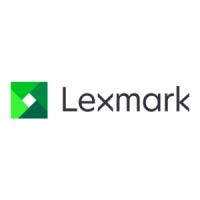


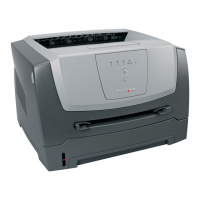
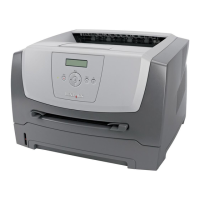
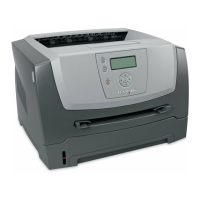

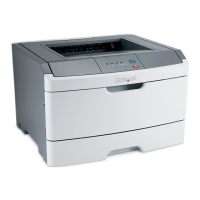
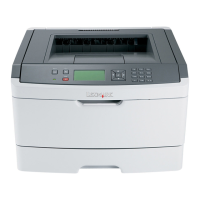
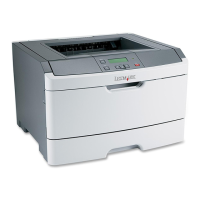


